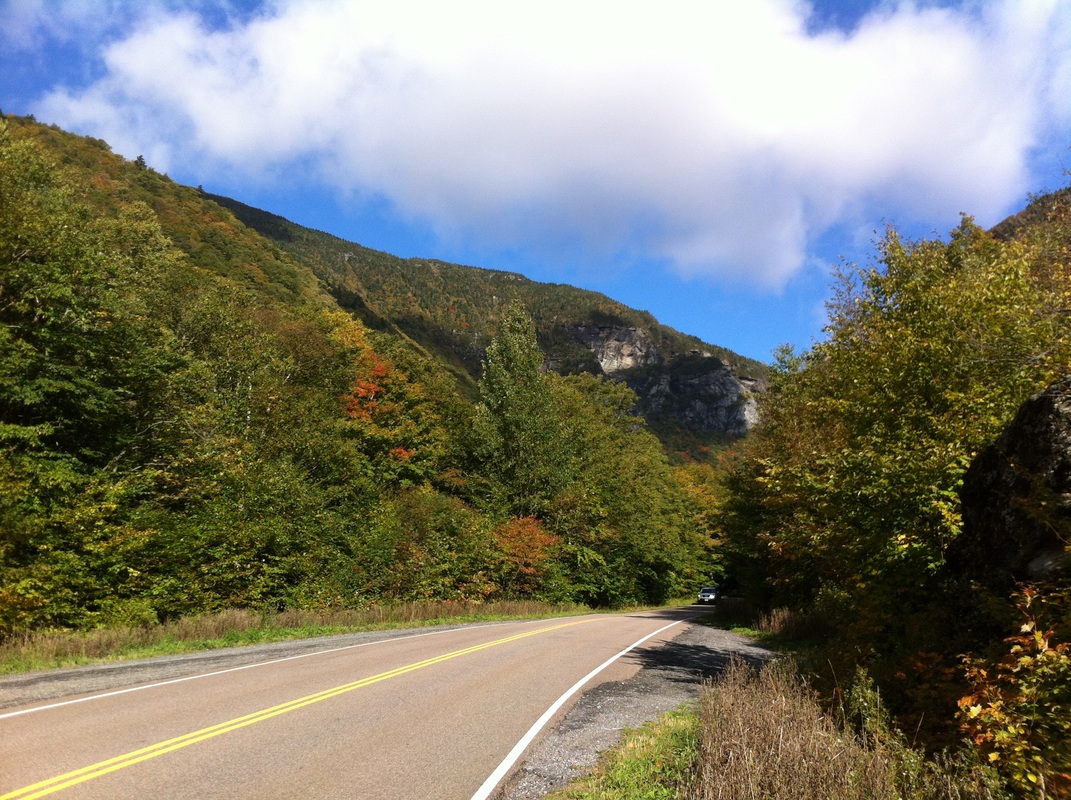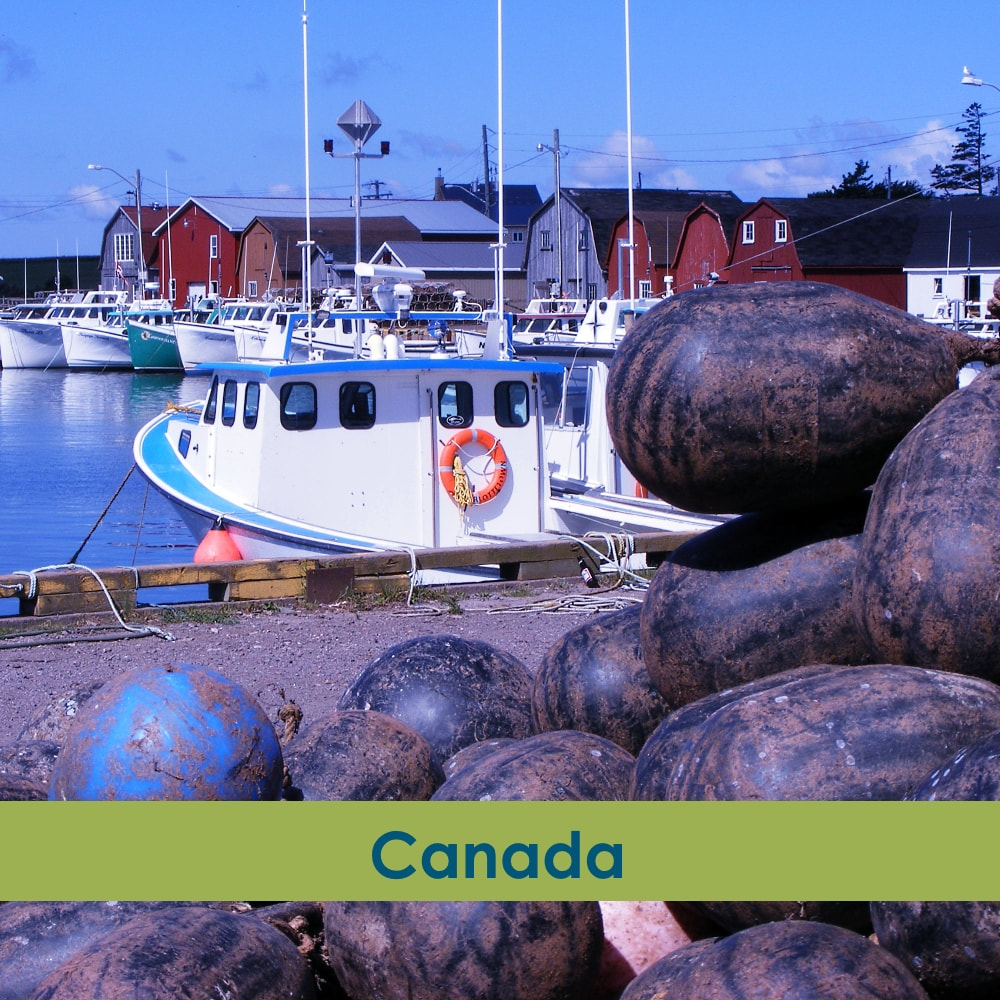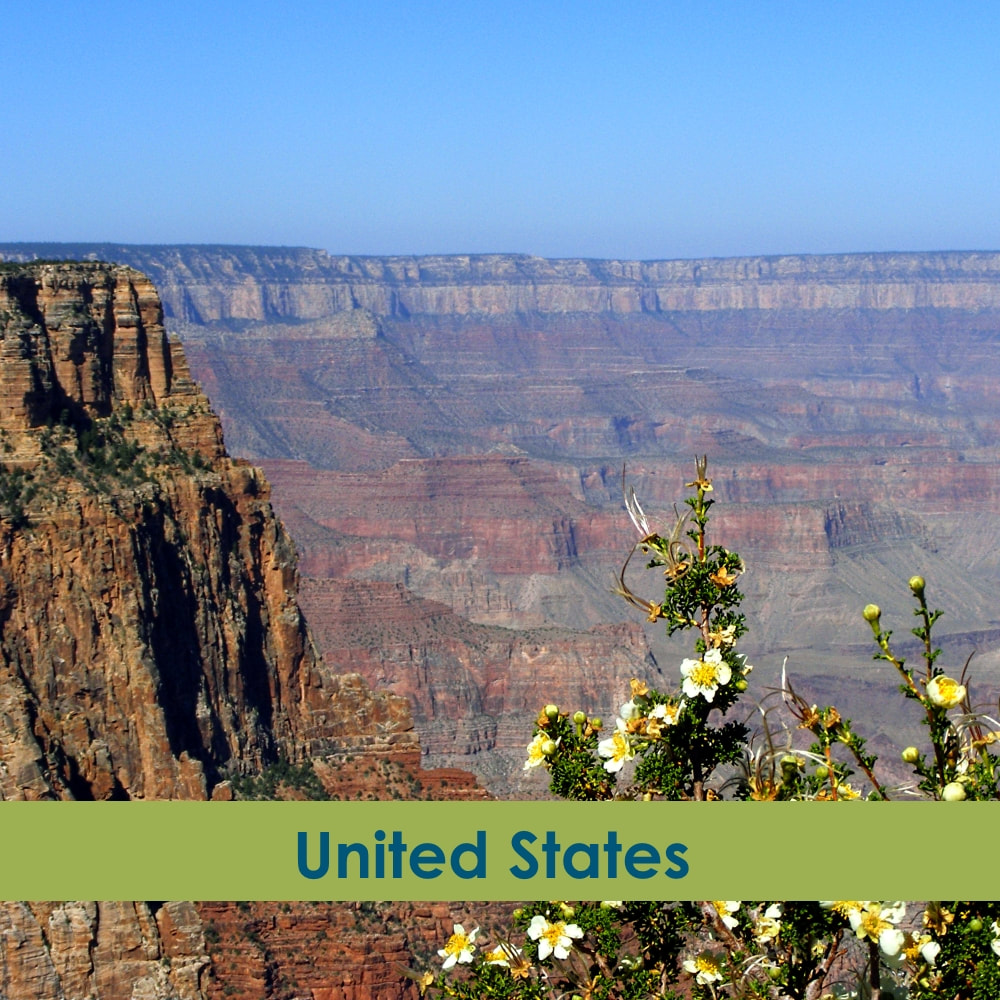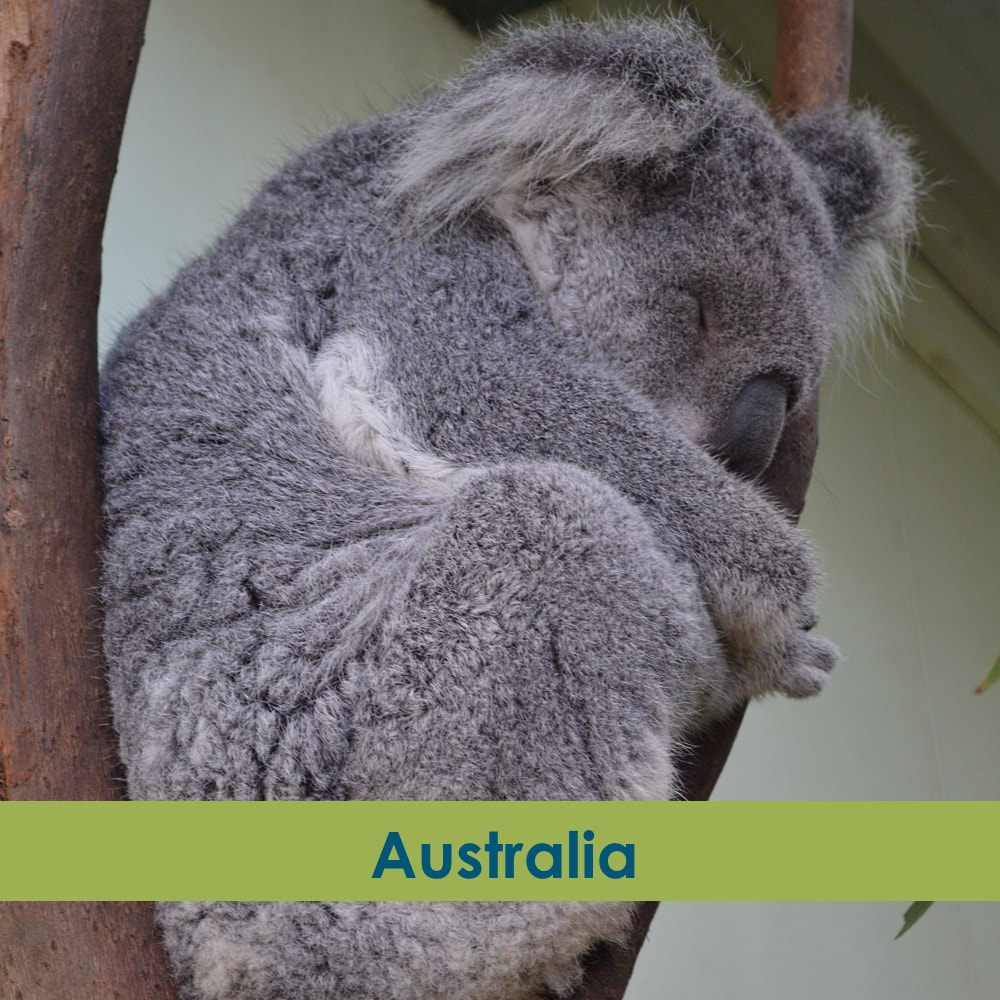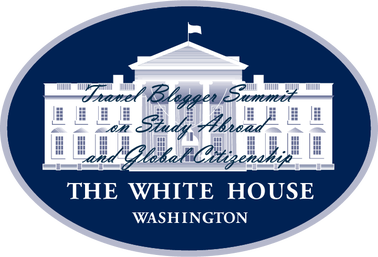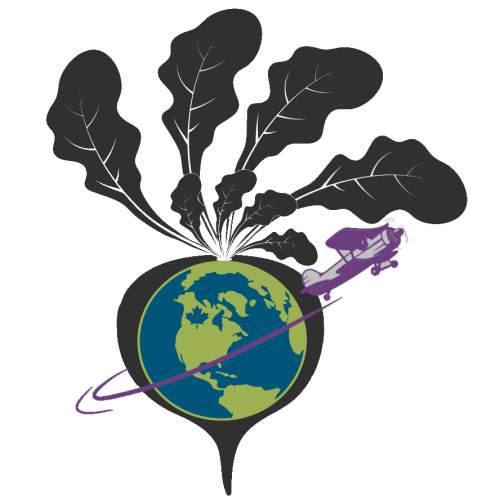How is your travel budget being sabotaged?Our recent trip to Northern Vermont ($200/2 people/2 days) taught me a lot of lessons about saving money. We challenged ourselves to stay on a very tight budget, but there is always room for improvement and we learned a lot. Small changes can make a big difference in your budget, allowing you to have greater freedom and experiences when you travel. What do you really want from your accommodations? How much time will you be there? Some points to ponder: 1) Accommodations: I've often heard people say “how much time are you really going to spend in your hotel room anyway?” or “you just need a clean place to sleep – what more do you need”. But in my experience, you will end up using your hotel room (or B&B, or hostel, or campsite) for at least one other purpose other than sleeping and cleaning yourself. Perhaps you will be preparing breakfast for your family, in which case you want a room with a mini-fridge, kettle, microwave, and a prep area. Maybe you will want to relax and be lazy for a few hours in the evening, requiring a quality bathtub and television, but couldn't care less about bed size or floor plan. In a hostel, you might want to save huge bucks but still require constant communication with the outside world – in this case, you will save by staying in the biggest dorm room, but spending your money on a location with great internet connections. And in the case of our recent campground – we were worried about the weather and paid for a premium site with a wooden lean-to. We got the shelter we dearly needed when the sky opened up – and it was worth every penny. But since we didn't care about recreation facilities or ranger programs, we didn't select a park that offered them. In my opinion, carefully consider they “extra” item you will be using your accommodations for and pay accordingly. But don’t spend money on a deluxe B&B when you never eat breakfast. Sleep in at the Day’s Inn and enjoy their in-room coffee at 10:00 am. 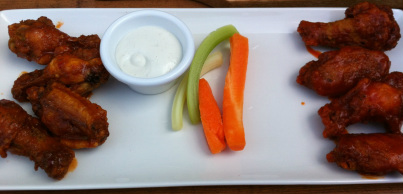 2.) Meals: One way or another, most people end up eating three meals and (at least!) three snacks a day. Your efforts to cover one meal and two snacks on your own will be rewarded – you will save money, have an experience you can count on, and still have fun being creative. When we traveled to Vermont, we brought our own trail mixes and cupcakes, reviewed a few key restaurants online, and made a list of affordable restaurants in different communities. While it may take away some spontaneity, it definitely pays to examine menus and online reviews. You may be pleasantly surprised to see that a well-known restaurant has many affordable options, while an inexpensive restaurant may not have good choices for you. I don’t eat red meat, so many diners with cheap breakfast specials don’t help me. The vegetarian options are often more expensive and I find better comparative deals at “fancy” restaurants. Likewise, my husband is allergic to shellfish and restaurants that have a reputation as being expensive are often affordable for him, as he will be avoiding the most expensive dishes. 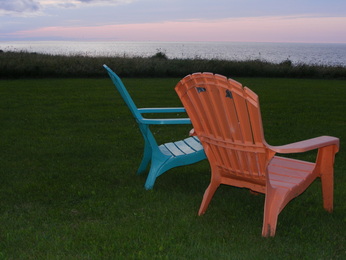 Sometimes you can score a better view when you get takeout. Sometimes you can score a better view when you get takeout. As I learned in Vermont, when you are on a strict budget, it doesn't pay to look at the menu and ask yourself “what do I like that is reasonably priced”. Chances are, the more a dish appeals to you, the more “reasonable” the price appears! Instead, decide on your budget in advance and ask yourself “what do I like for X dollars or less”. You will have plenty of options you like, guilt free. Of course, you should always enjoy your meal and no order something you aren't keen on just to save money. But if you are feeling ambivalent about your choices, chances are you will like the $9.99 chicken fingers & fries as much as the $12.99 chicken burger & fries. Every dollar spent at a restaurant is subject to tax and tips - every dollar saved could save you between $1.15-$1.40 on your total bill. Deducting a few dollars here and there can save you enough for dessert another night! Ordering food to go or picking up take out instead of delivery will save you money on tips, impulse drinks, delivery fees, and, if in a hotel, tips to a busboy who brings the food up. Spending a few minutes to pick your delicious takeout is time well spent to save many dollars a day. If you ultimately want all your food budget go towards actual food, every dollar saved can add up to a special treat, like a bottle of wine, at the end of your trip. Finally, in my experience, it’s very easy to let small expenses add up on snacks, drinks, coffee and more. I always hope for the best, but I've come to expect the worse! We’re trying to get better and thinking of new strategies, like buying cases of water, bringing refillable bottles, using travel coffee mugs, and always trying to have the car well stocked with drinks to avoid pricey impulse buys. But if anyone has any better ideas – I’d be very keen to hear! There’s no use crying over spilled milk or spent dollars and, if you enjoyed yourself, it’s usually money well spent. But if you can trim away the dollars that don’t add value to your experience and save them up for something truly special, your $200 will go further and will make the most of your coffeecan financing! Learn more about our time in Vermont! The $200 Challenge Heads to Vermont Trip Planning for Vermont - Stage One So How'd We Do? Assessing the $200 Challenge
0 Comments
Leave a Reply. |
�
Recent Posts
Posts by Location
Post Categories
All
Posts by Date
June 2024
|
Disclaimers, Privacy, and Cookie Policy |
Top 100 Travel Influencer
As named by the Obama White House in 2014. |
© COPYRIGHT 2024. ALL RIGHTS RESERVED.
|

